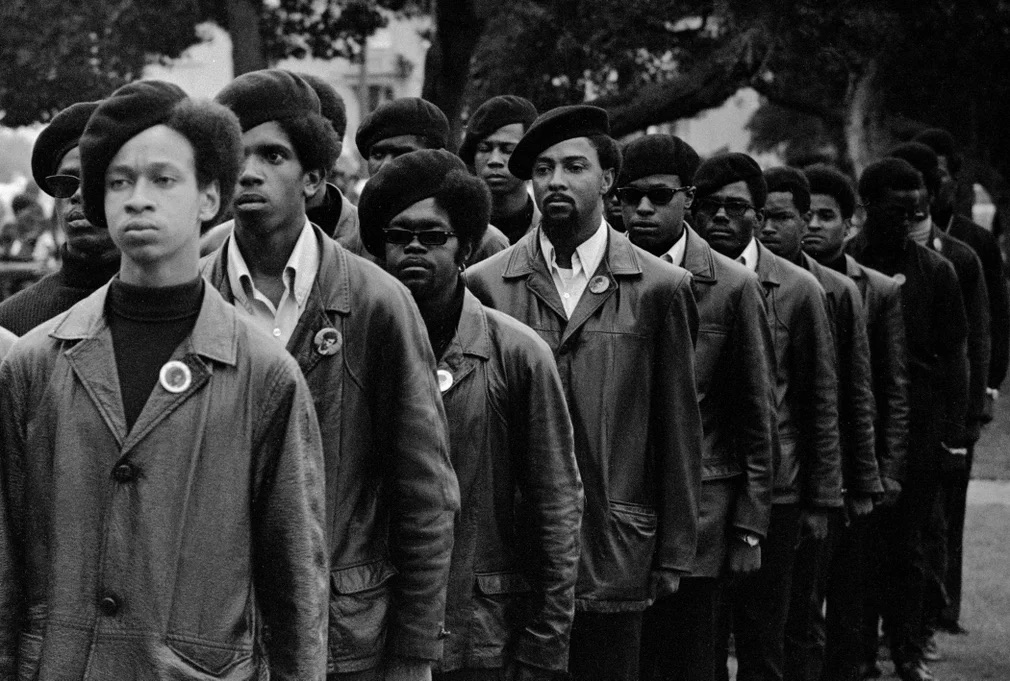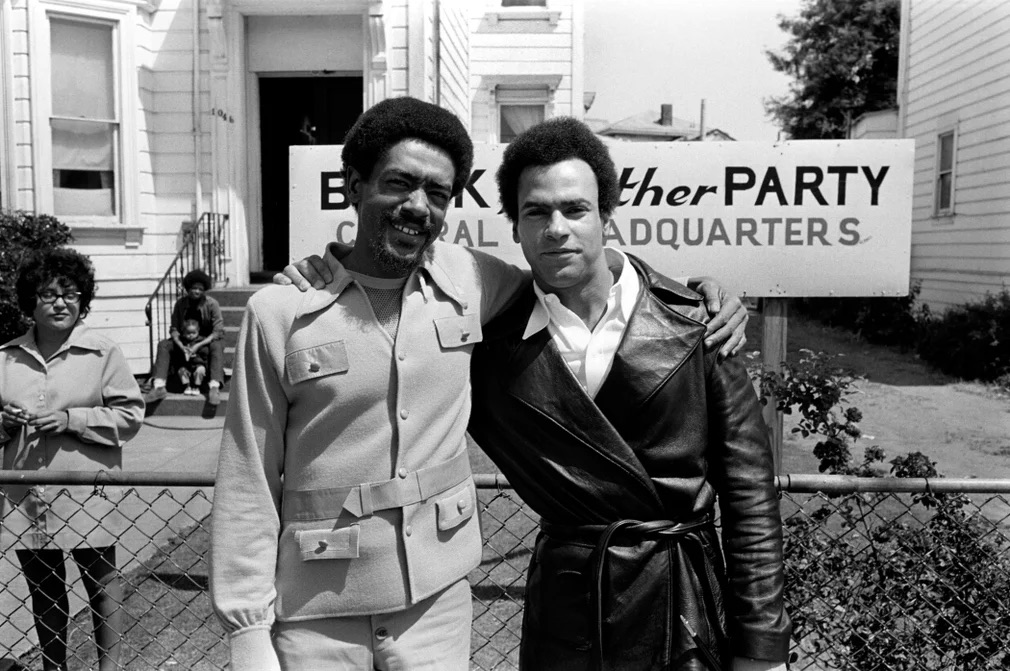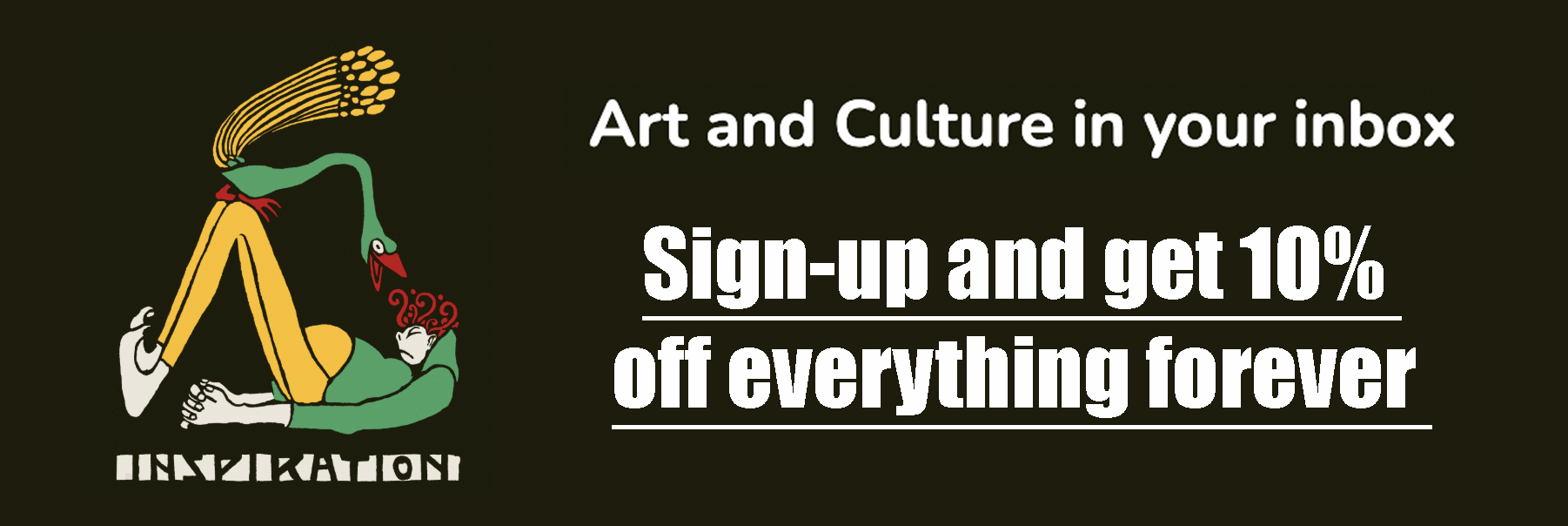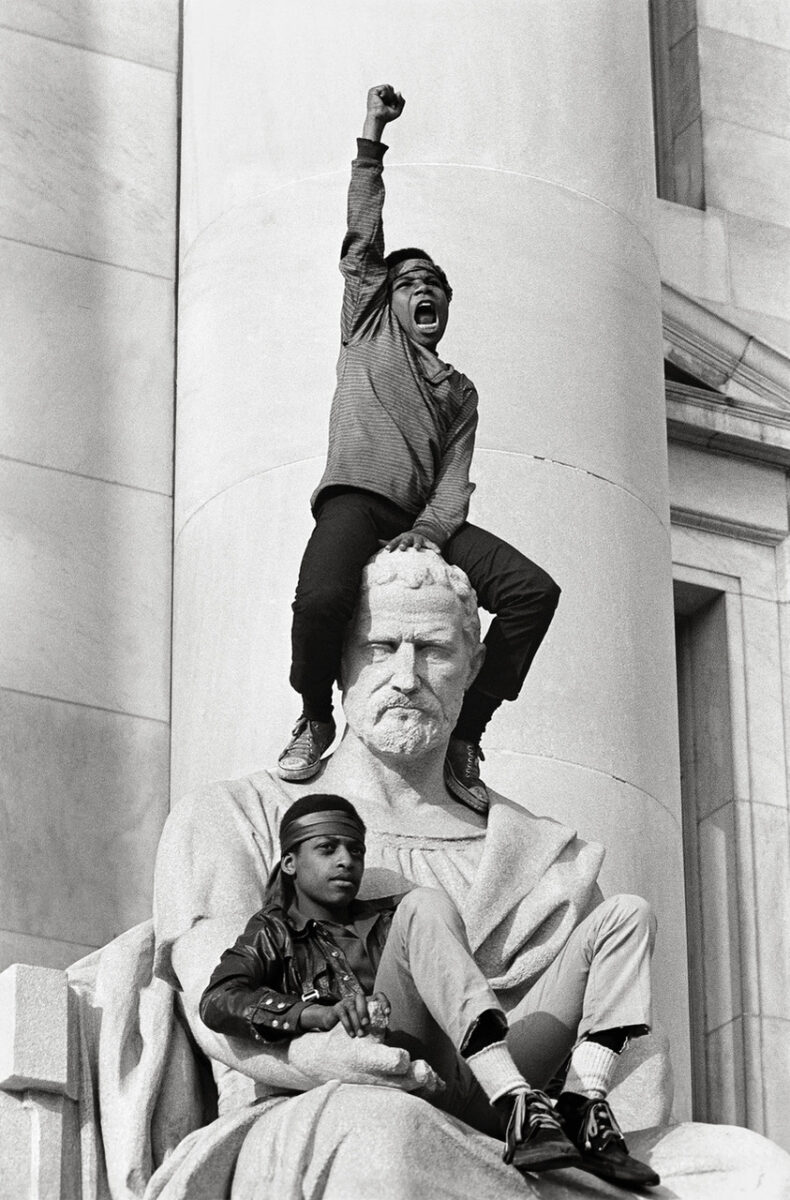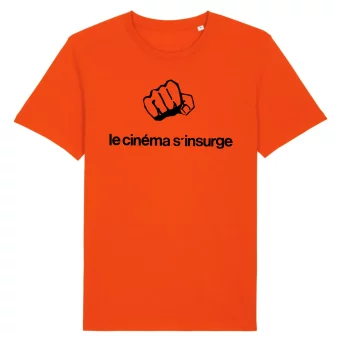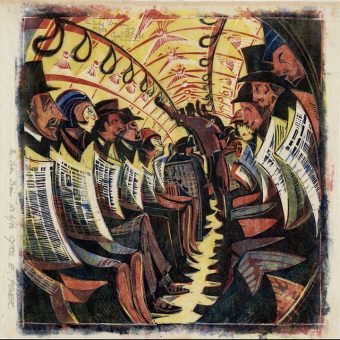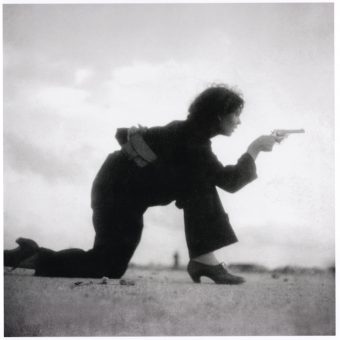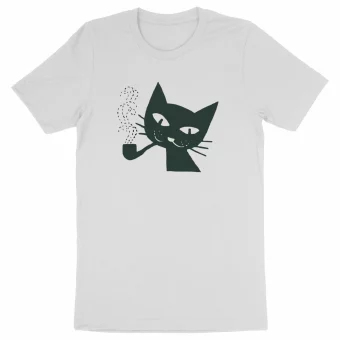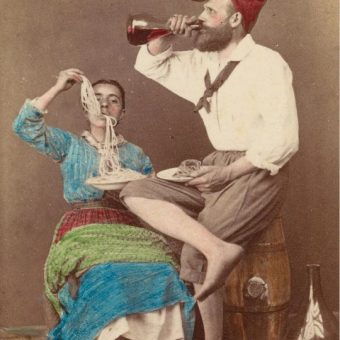“I wanted to show the whole picture of the Black Panther Party. Most of the media focused on the rallies and looked for controversy. I wanted to show what it was like behind the scenes and portray a more complete, complicated portrait of the Panthers.”
– Stephen Shames photographs The Black Panthers, 1967 – 1973
From Free Huey P Newton rallies to portraits of Angela Davis, Stephen Shames was there to photograph the Black Panthers in the 1960s and 70s.
‘They understood the media and culture,” says Shames in light of his new show Black Panthers and Revolution at Amar Gallery, London. “Black leather jackets and berets like the French Resistance – they commanded attention and projected strength and hope with their ‘hip’ clothes and discipline.”
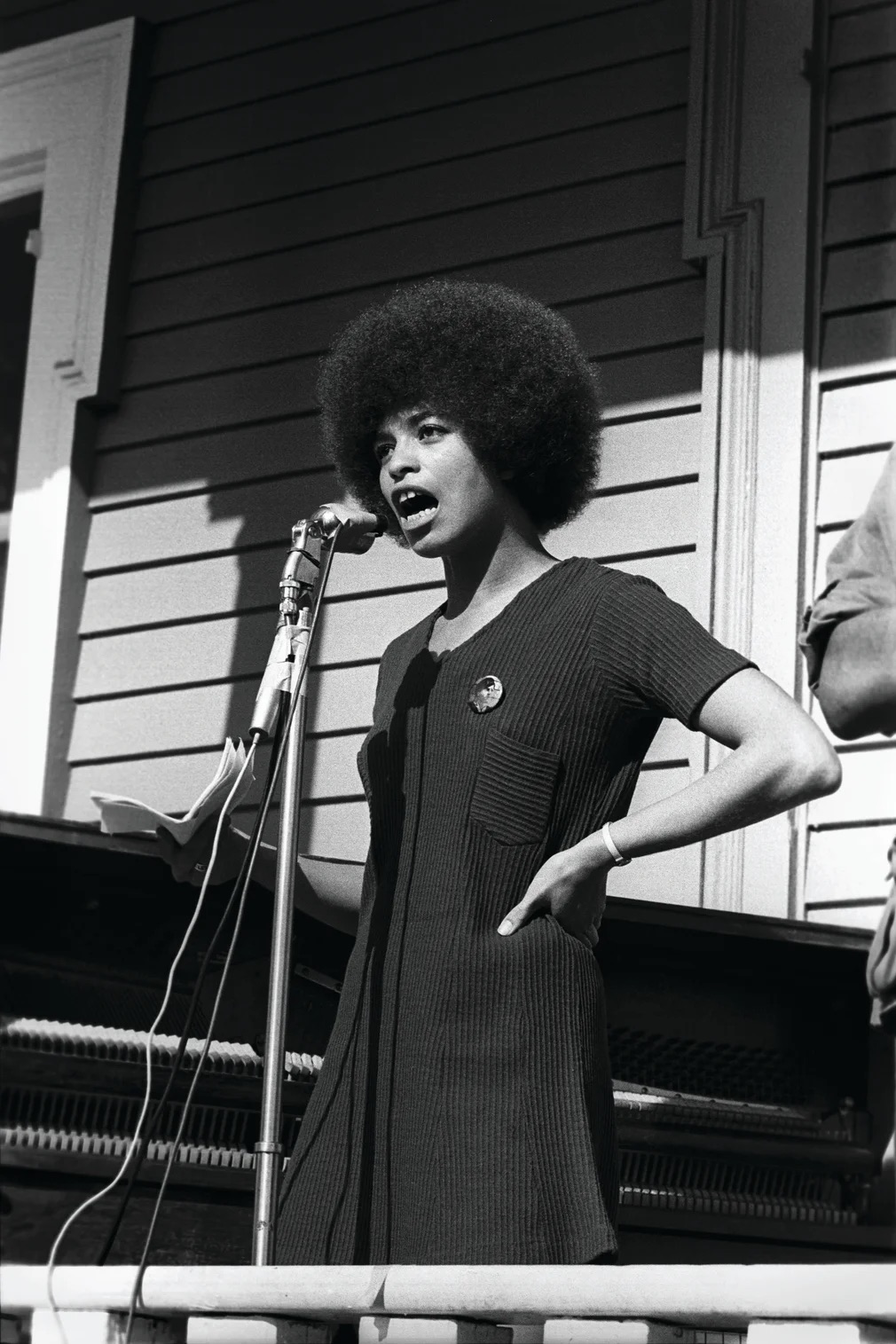
Angela Davis trial, Oakland, California, 12 November 1969
Black Panthers founder Huey Newton (February 17, 1942 – August 22, 1989) believed that he had been falsely accused and later convicted of his role in the death of a police officer. He was released after three years, when his conviction was reversed on appeal.
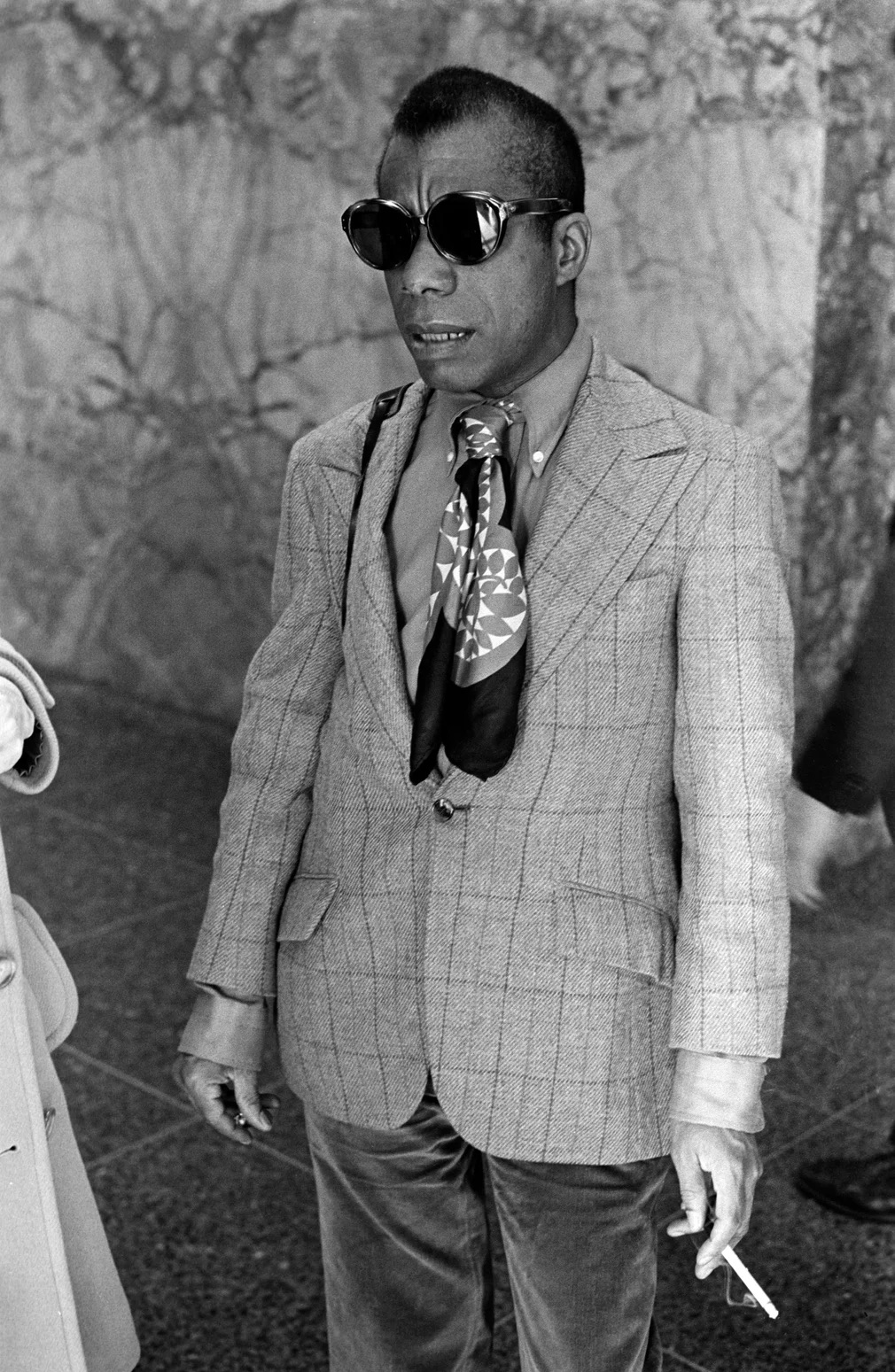
James Baldwin, San Francisco, California, 1969
“James Baldwin came to visit Bobby when he was in the San Francisco county jail before being sent to Chicago for the Chicago Eight trial, where Bobby was bound and gagged by Judge Hoffman. I was honoured to be able to witness these two giants in conversation. They became lifelong friends, meeting together often.”
– Stephen Shames
“When I got to University, I saw the Black Panthers were continuing the struggle to end racism and I decided to photograph them. The Panthers taught me how to photograph a world, a community that was not my own as an insider. That shaped my nearly six decades as a photo-journalist– to be a traveller not a tourist–to get inside the communities I am photographing.”
…
“At the time I was young and did not think about the historic moments or the danger. We were making a Revolution, trying to defeat racism and create a better world. I wanted to be the artist of the Revolution and document what was going on. I was living in the moment.”
– Stephen Shames
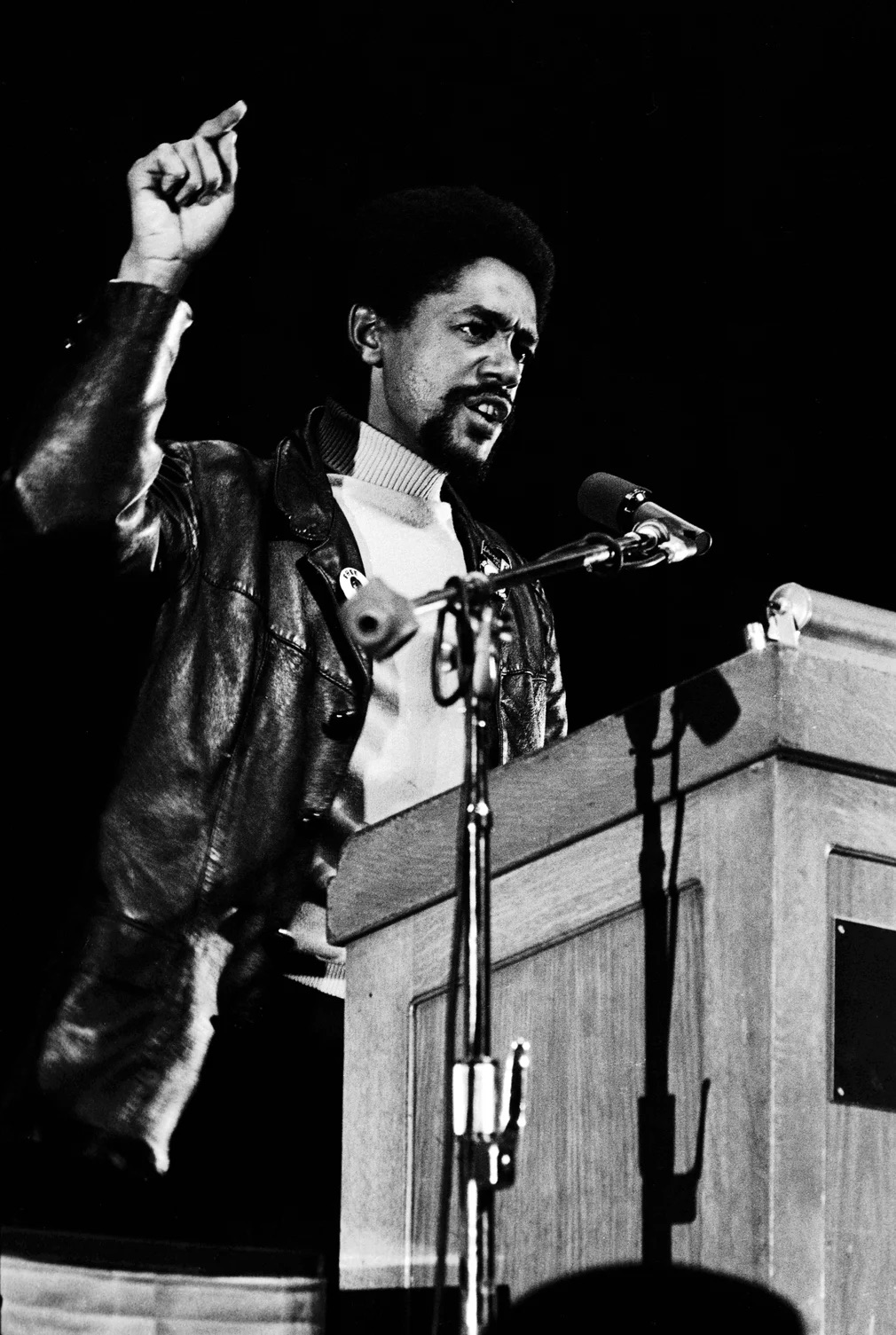
Bobby Seale, Oakland, California, 19 July 1969
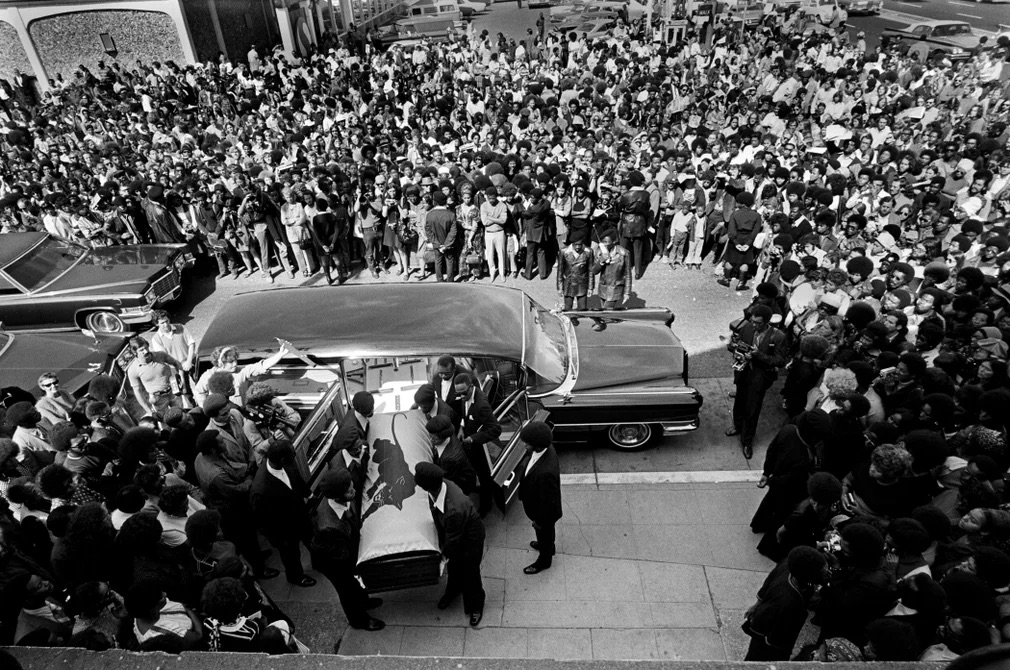
George Jackson’s coffin, Oakland, California, 28 August 1971
In 1961, Jackson was convicted of armed robbery (as a teenager stealing $70 at gunpoint) and sentenced to one year to life in prison. During his first years at San Quentin state prison, Jackson became involved in revolutionary activity, as well as assaults on guards and fellow inmates. This behaviour was used to justify his continued incarceration on an indeterminate sentence. Jackson was killed on 21 August 1971 while in the maximum security prison.
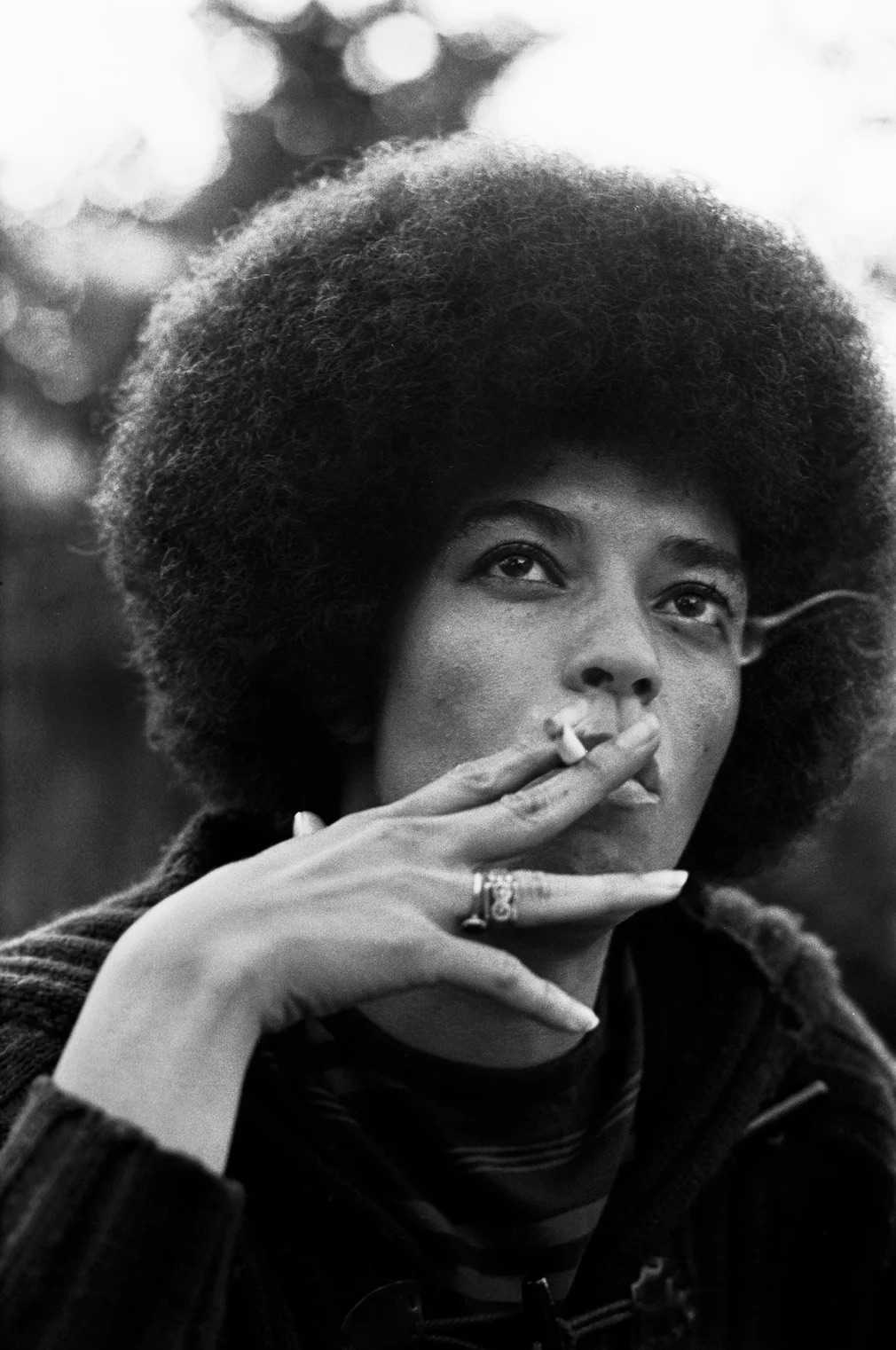
Angela Davis, San Jose, California, 1972
“This is a private moment. The Panthers introduced me to Angela and she allowed me to be present during private moments like this with her family and support team. Photographs like this are what make this exhibit at the Amar Gallery so special – the behind the scenes moments that I was one of the few people to be able to document”
– Stephen Shames
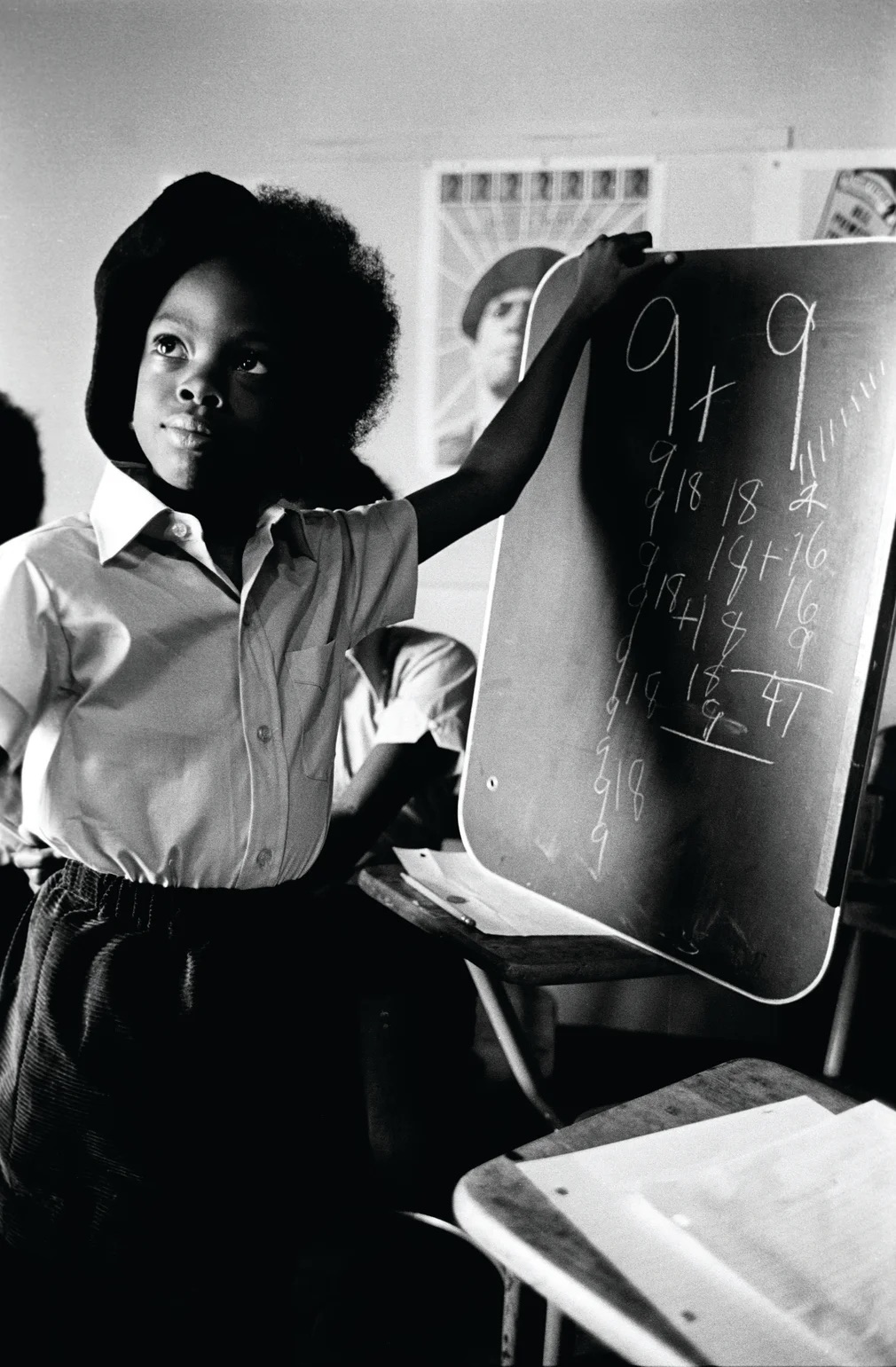
Black Panther child, Oakland, California, 1971
“I wanted people to see the humanity of the Black Panthers, to see them as people like you and me – ordinary people – who rose to the occasion to become heroes. I want people to understand that they are like you and me and if they could do incredible things, so can we. It is up to us to stop this slide into fascism and to create a better, more just world for our children and their children.”
– Stephen Shames (via FAD)
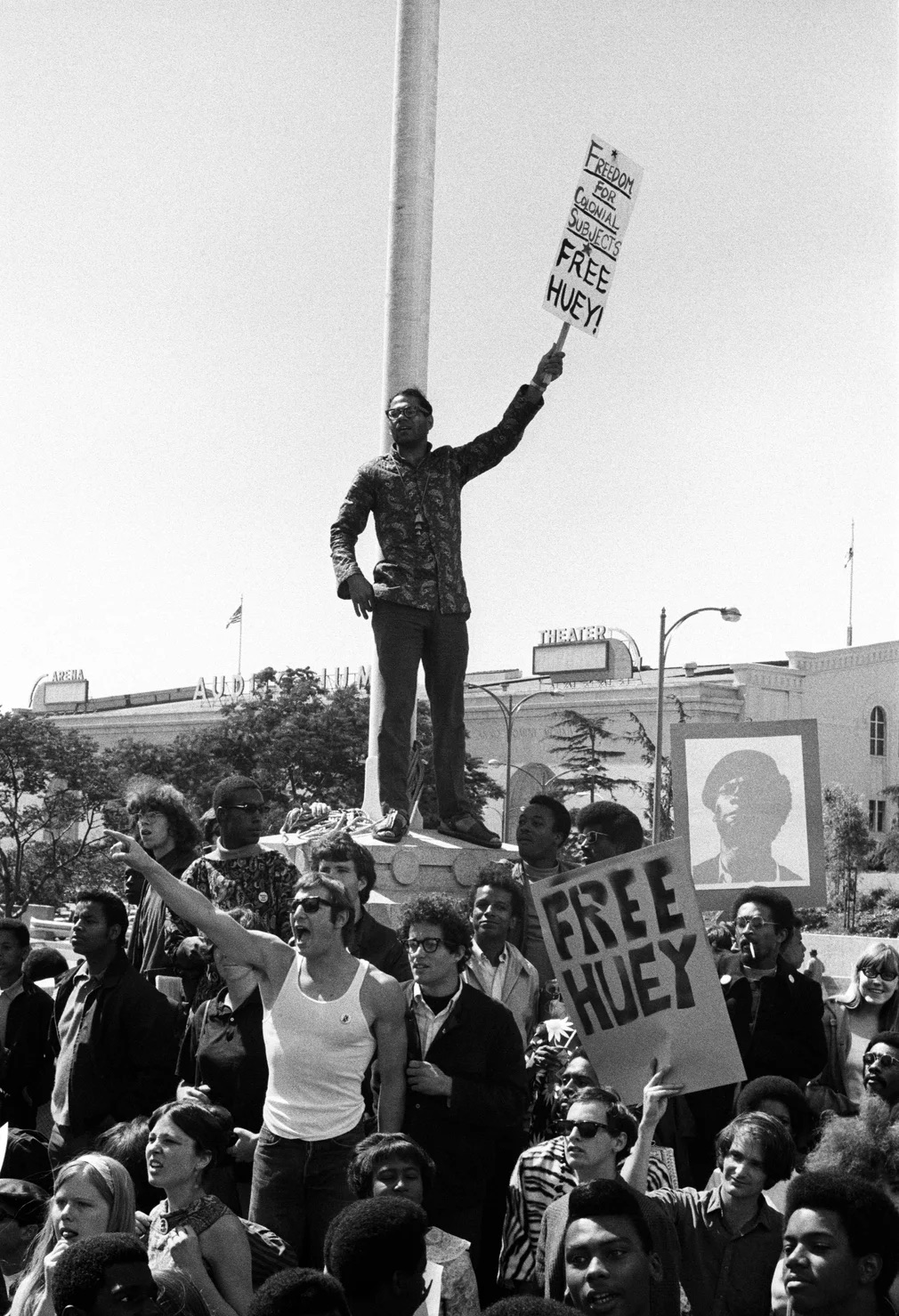
Free Huey, Defermery Park, Oakland, California, 12 November 1969
“The Panthers were not Black nationalists. They opposed racism and welcomed anyone they thought would work for progressive policies. The Panthers were a political party seeking to change laws and create a more just society. To accomplish that goal, they built coalitions with white, Latino, Native, and Asian organizations. The Panthers accepted me as someone who was committed to progressive social change. They followed Martin Luther King’s idea of looking at the content of a person’s character, not the color of their skin.”
– Stephen Shames (via Left Voice)
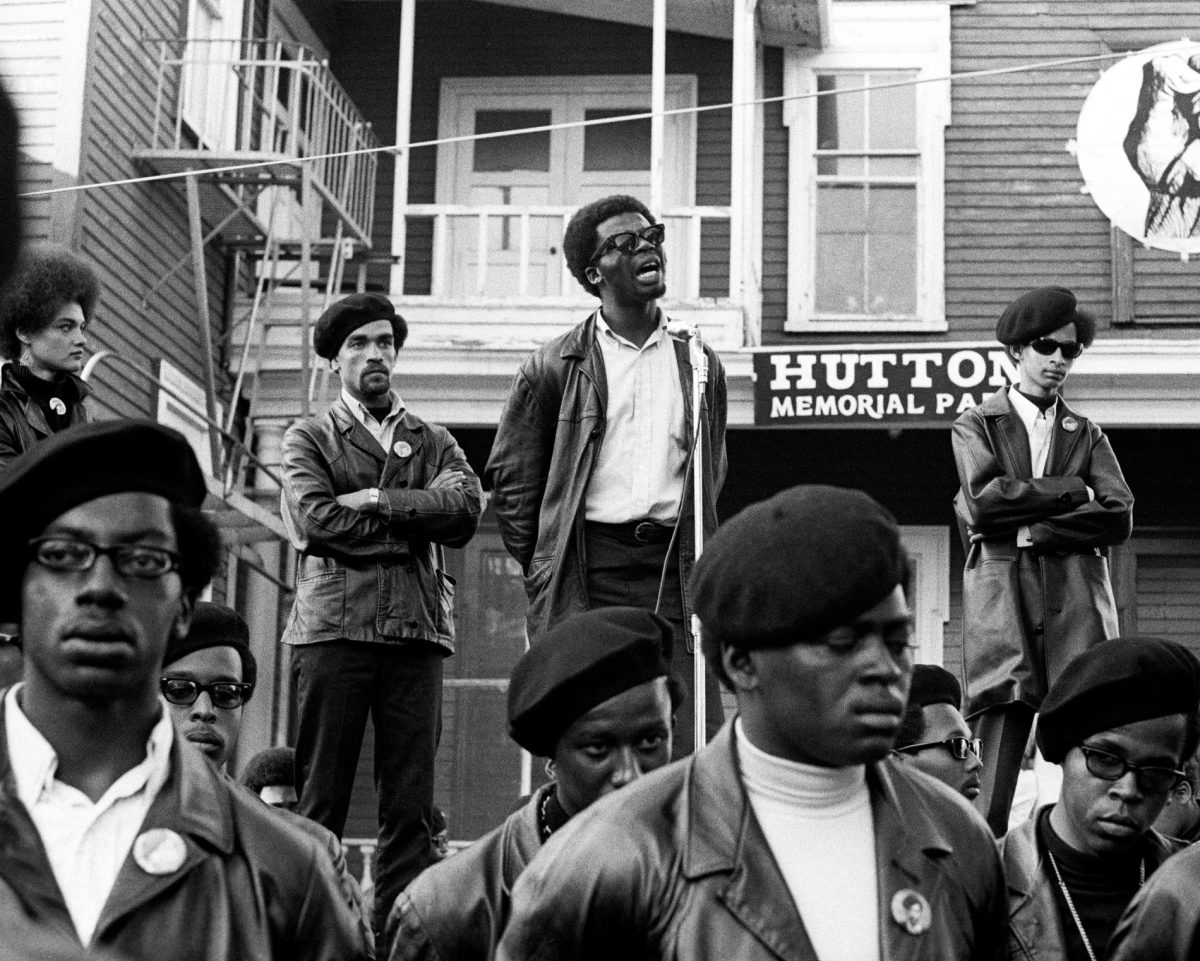
Black Panther Party, Oakland, California, 28 July 1968
“It is important to listen to the people you are photographing — especially if they are from a community that is not your own. Everyone lives in a cultural bubble. Photographers have to get outside their bubbles and undertand how the people they are ducmenting see things.
Merely observing from inside your bubble — with the point of view of your cultural world does not get you inside the community you are photographing. You need to listen so you understand the people you are photographing. You must get inside their community so you are able to see things from their point of view, as well as, your own.”
– Stephen Shames (Via Art Plugged)
More Black Panthers in the shop.
Would you like to support Flashbak?
Please consider making a donation to our site. We don't want to rely on ads to bring you the best of visual culture. You can also support us by signing up to our Mailing List. And you can also follow us on Facebook, Instagram and Twitter. For great art and culture delivered to your door, visit our shop.
